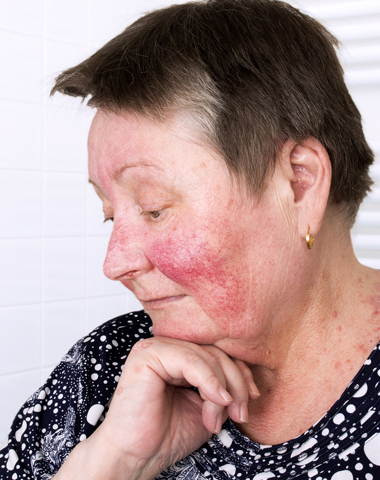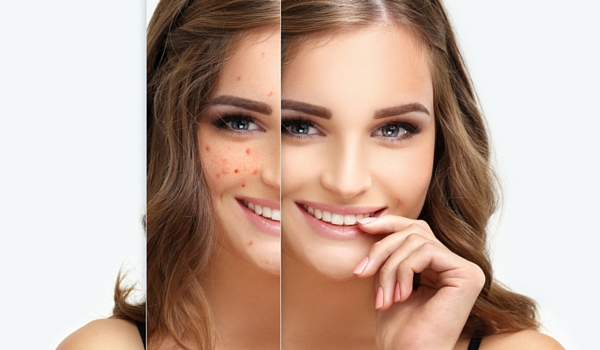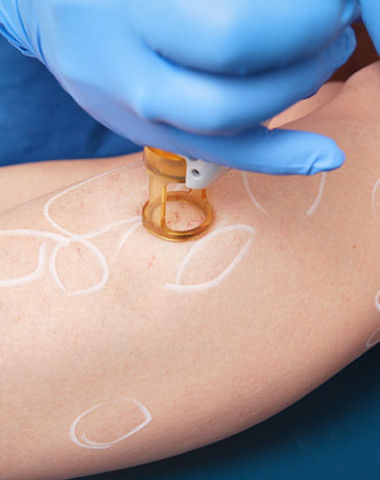The skin is funny. Not in an “LOL” way, but in the sense that it is unusual, unpredictable, and easily misinterpreted. This “funniness” is culpable, to a certain degree, in the ongoing ignorance, and misdiagnosis of some of the most common skin conditions. Some rashes are minor, but others are quite telling and require further medical attention. Skin discolouration too, is easily blown off as a simple bruise. It is fair to say, many individuals have a difficult time trying to decipher between minor and major skin conditions. We’ve compiled a short list of common skin conditions to help you determine what is urgent and what is not!
misdiagnosis of some of the most common skin conditions. Some rashes are minor, but others are quite telling and require further medical attention. Skin discolouration too, is easily blown off as a simple bruise. It is fair to say, many individuals have a difficult time trying to decipher between minor and major skin conditions. We’ve compiled a short list of common skin conditions to help you determine what is urgent and what is not!
Acne
Acne is easily the most common skin disorder, occurring primarily in teenagers.
It is formally defined as “an inflammatory disease of the sebaceous glands, characterized by comedones and pimples, especially on the face, back, and chest, and, in severe cases, by cysts and nodules resulting in scarring”. It is often wrongfully labeled as pimples. However, acne is the combination of pimples, blackheads and cysts. Acne should not be remedied by a simple over-the-counter formula. Instead, it should be treated by a dermatologist, especially to avoid severe acne, which results in permanent scarring.
Eczema
Although not as common as Acne, Eczema is more physically abnormal and therefore, more apparent. Eczema is an inflammatory condition of the skin attended with itching and the exudation of serous matter. Further characteristics include scaly, dry skin. It can materialize in both children and adults. In fact, Atopic dermatitis is the frequent form of eczema that plagues young children. Although its origin is unknown, dermatologists believe there are both genetic and environmental factors at work.
Hives
Hives can be classified as any of a series of eruptive conditions of the skin including wheals of urticaria. The relevant area may be red, raised, and itchy. They can derive from numerous dispositions such as bites, stings, food, and medication. They don’t tend to last beyond four hours. However, a person with chronic urticaria has hives for months or years.
Rosacea
Rosacea is a chronic form of acne whereby facial blood vessels enlarge resulting in red pustular lesions. Although no official cause has been determined, researchers have attributed the skin condition to the immune system and the environment. Although Rosacea is most common among women over 30, individuals outside this demographic can be affected as well, at less frequent rates.
While this list is not exhaustive, we hope it functions as a useful guide for categorizing your skin condition. If you’ve observed anything about your skin that does not quite meet any of the above criteria it can be serious; contact our office as soon as possible.


